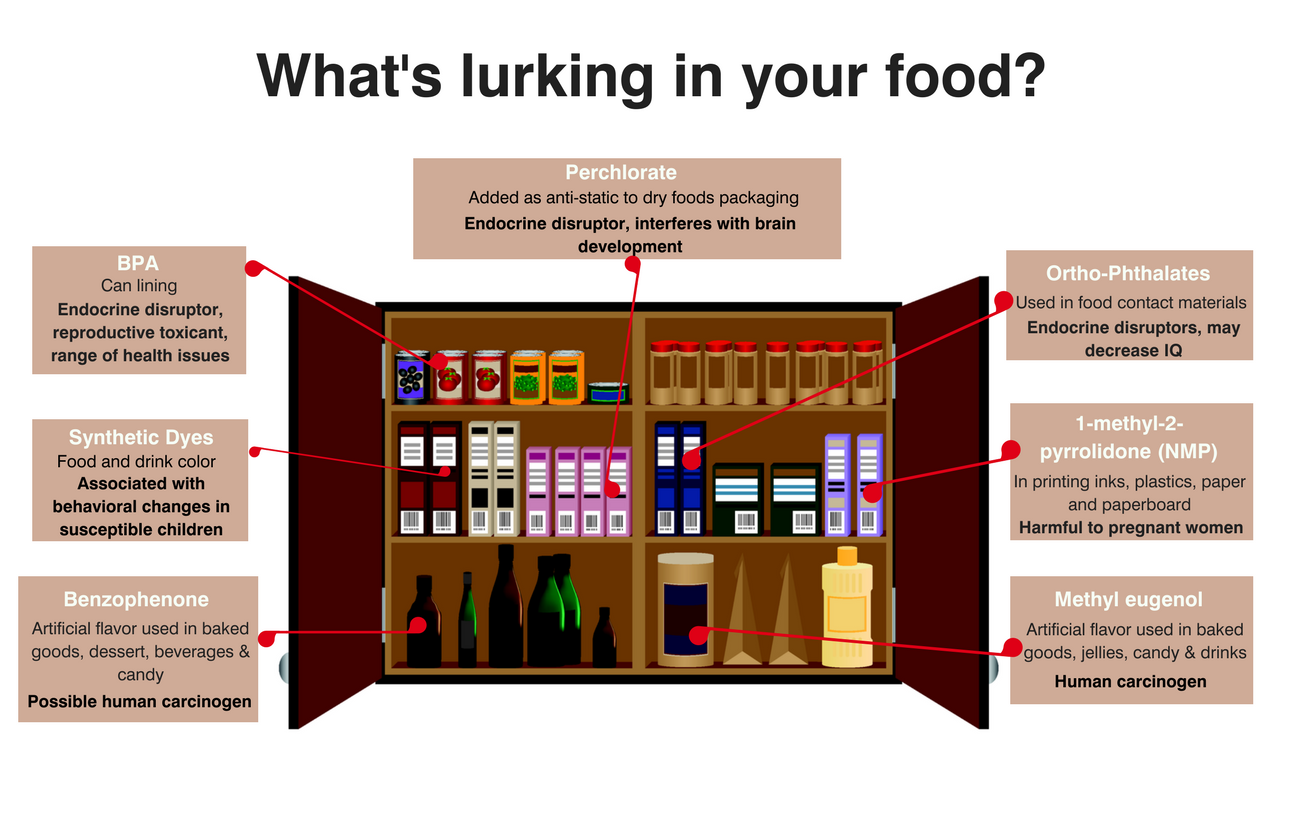Richard Denison, Ph.D., is a Lead Senior Scientist.
[My colleagues Dr. Jennifer McPartland, Lindsay McCormick, Jon Choi and Ryan O’Connell assisted in the research described in this post.]
[Use this link to see all of our posts on Dourson.]
I blogged earlier about EDF’s strong concerns with Michael Dourson’s nomination to head the EPA office charged with implementing the Toxic Substances Control Act (TSCA). Among these concerns are his extensive, longstanding financial ties to the chemical industry – an industry that, if he is confirmed, he will be in charge of regulating. And not only does Dourson have these financial ties to the industry, he has made a career of helping industry play down concerns about chemicals.
A case in point is described in an article published just last week in The Intercept about his work in the early 2000s in West Virginia on behalf of DuPont and its still ongoing woes over water contamination involving the “Teflon” chemical PFOA.
Dourson’s paid work for industry goes back over two decades, starting just after he left EPA in 1994, and it includes work he did for the tobacco industry in the late 1990s and early 2000s. As I noted in my last post, his work for the chemical industry included developing a website, “kidschemicalsafety.org” (now defunct, but archived here), that consistently downplayed concerns about chemicals.
To illustrate the extent of his more recent conflicts, we examined the funding sources, where disclosed, for the several dozen papers he authored or co-authored that are listed in PubMed as published between 2005 and 2017. Some of what we found is reported in this post; there will be more to come on the substance of these papers. Read More »










